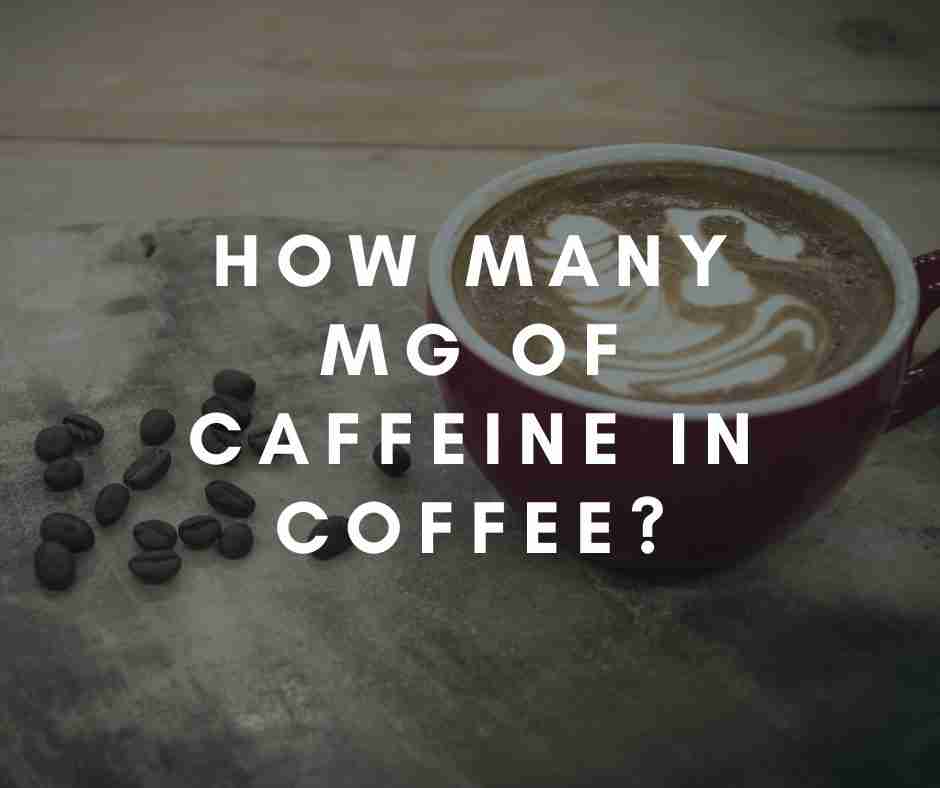

The caffeine levels in these coffees can vary depending on the origin, processing methods and a lot of other variables. And McDonald’s McCafé regular coffee has 180 milligrams of caffeine. Dunkin’ Donuts large coffees have about 270 milligrams, while their mediums have 210 milligrams. When it comes to popular coffee brands, Starbucks Grande Coffees range from 260 to 410 milligrams of caffeine. It all depends on the type of bean, how it’s roasted and how it’s brewed. The caffeine content of popular coffee brands can vary from as low as 50 mg to as high as more than 400 mg. Decaffeinated Instant Coffee: 2-3 mg of caffeine, 8-oz serving.Instant Coffee: 30-90 mg of caffeine, 8-oz serving.Decaffeinated Espresso: 0-15 mg of caffeine, 1-oz shot.Espresso: 63-75 mg of caffeine, 1-oz shot.Decaffeinated Brewed Coffee: 2-12 mg of caffeine, 8-oz serving.Brewed Coffee: 95-200 mg of caffeine, 8-oz serving.For now, here are some general ranges of caffeine content in coffee beverages: The caffeine content in coffee can vary depending on several factors that we will discuss later in this article. But because people often drink different sizes of caffeinated beverages, it can be helpful to look at the caffeine content in terms of milligrams per serving (mg/serving). The most common way to measure caffeine content is by milligrams per ounce (mg/oz). There are different ways to measure how much caffeine is in a beverage. Caffeine content in different types of coffees This increases the release of dopamine and norepinephrine, which results in increased alertness and improved focus. Caffeine works by blocking adenosine receptors in the brain. It’s also added to some soft drinks and energy drinks. Keep reading to learn more! What is caffeine?Ĭaffeine is a naturally occurring substance found in the leaves, beans, and fruits of more than 60 plants, including coffee. Here we will take a closer look at what factors influence how much caffeine is in your cup of joe, as well as some tips for reducing your caffeine intake.


 0 kommentar(er)
0 kommentar(er)
